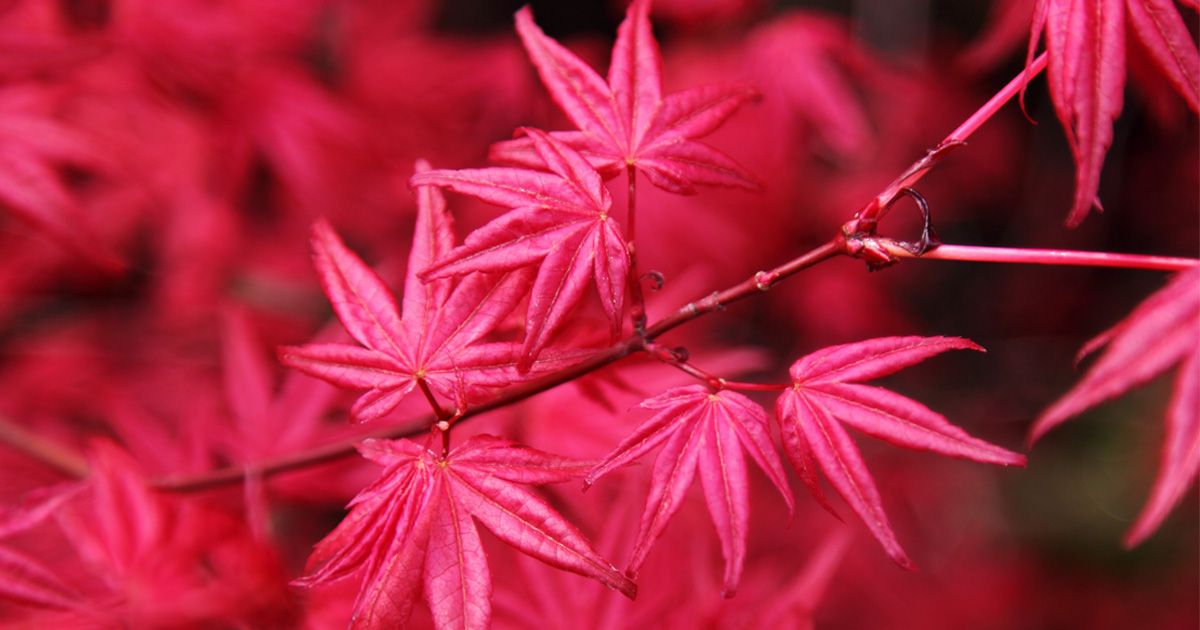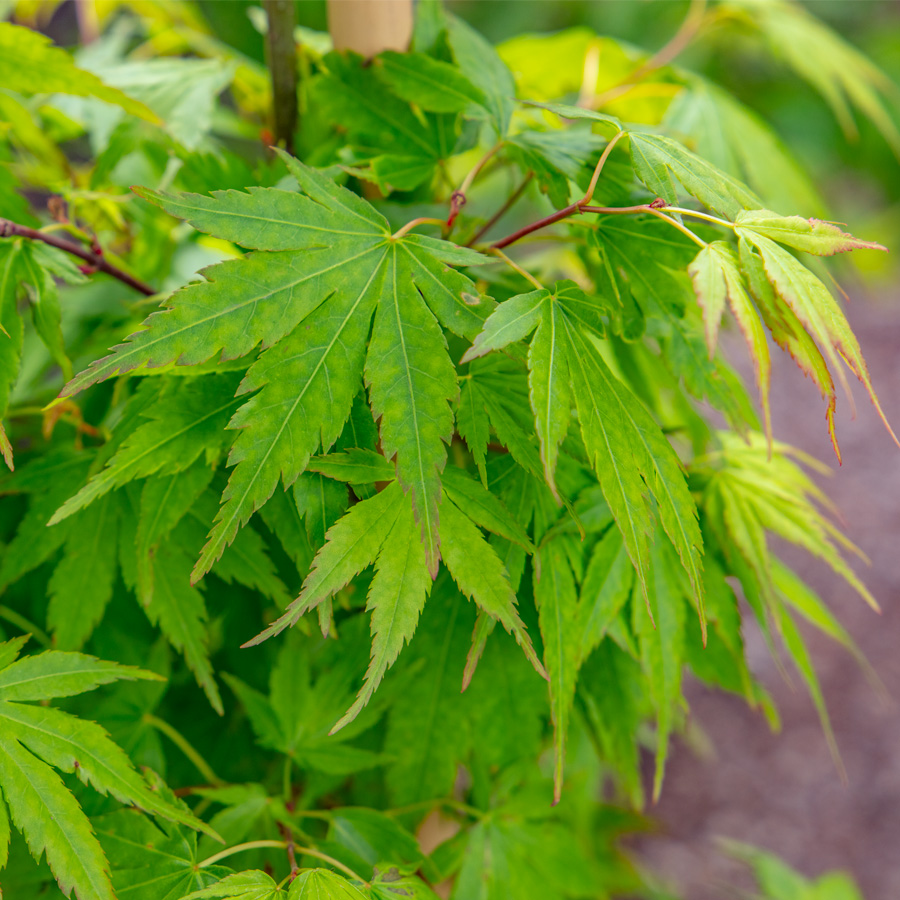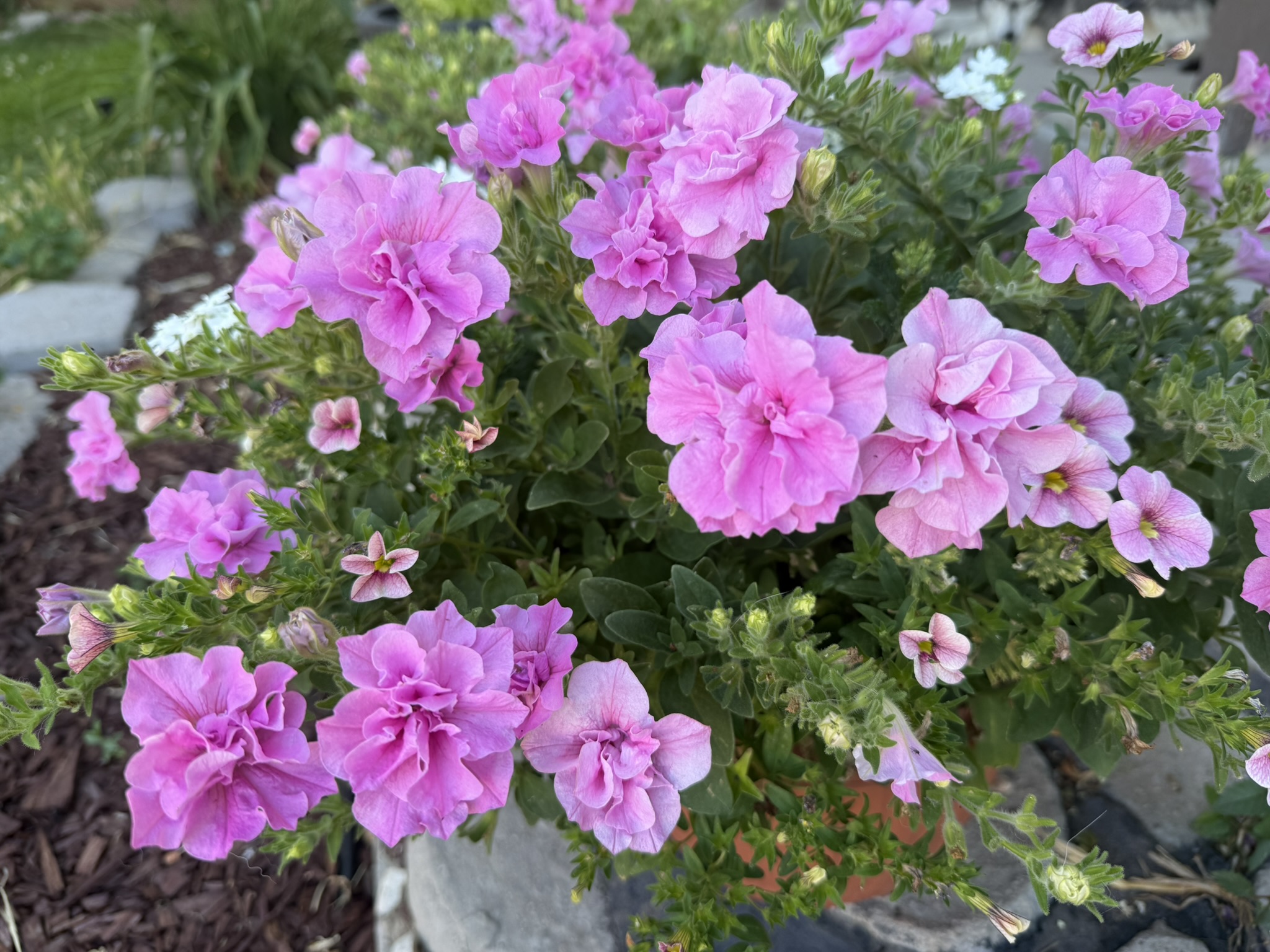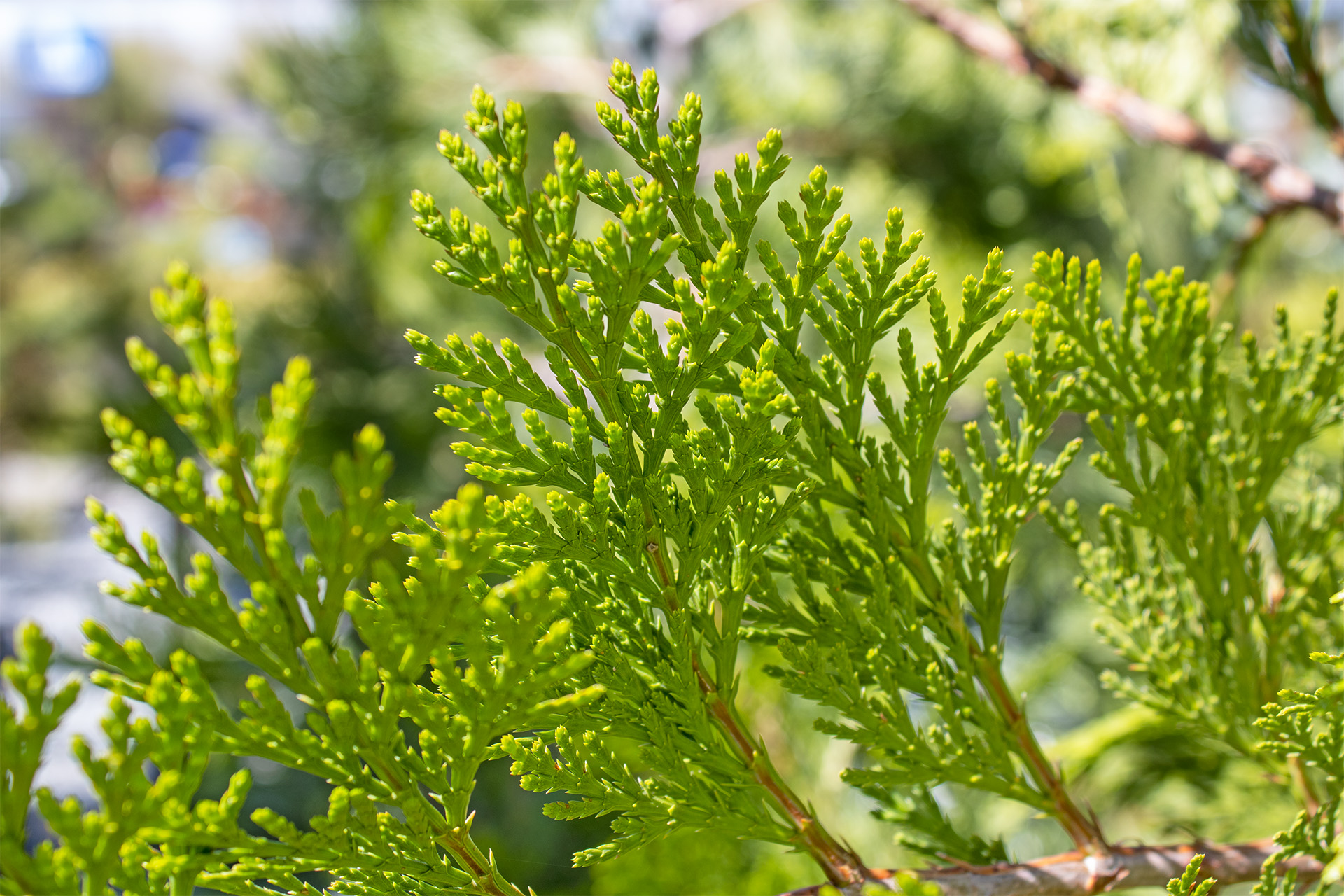Share

How to Prune a Japanese Maple
Japanese Maples are one of the most popular trees we sell here at Moana Nursery and there’s no question why. Delicately beautiful and colorful, yet tough and resilient; they add a lovely flair to any yard. When placed in the right spot (partial shade with protection from the peak heat of afternoon sun) Japanese Maples require only basic pruning to look their best and grow into their naturally beautiful form. Read on for our basic tips for pruning your Japanese Maple.
When to Prune Your Japanese Maple
Japanese maples can be selectively pruned almost any time of year but the best times for major pruning are in winter before the leaf buds begin to swell and early summer before temperatures exceed 80 degrees F. Winter is easy because the tree has no leaves, which makes it easier to see the branch structure and make the right cuts. In early summer, the presence of leaves will help you judge the right amount of thinning needed to see the structure of your tree.
Why Prune Your Japanese Maple?
The goal of pruning is to encourage the tree’s natural growth habit. Pruning to change or reduce the size or shape of your Japanese Maple against its natural growing style does not work in the long run. The tree will simply grow faster and become more unruly.
If you don’t know your particular tree’s growing style you can search the tree’s information using our Plant Finder App or visit us in any one of our locations and speak to a Plant Dr. Trees usually fall into two categories: upright forms like the Bloodgood Japanese Maple and smaller-weeping forms like the Crimson Queen Japanese Maple.
How to Prune your Japanese Maple
The starting point for pruning both types of trees is to look for broken, dead, or deformed branches. You will usually spot deadwood near the tips of branches or in the interior of the tree. Avoid removing only the tips of branches as this will result in rapid and unruly growth. Instead, you can either remove part of or the whole branch.
To remove part of the branch, cut back to a ¼ of an inch or so above a healthy bud (a bud is the half-moon-shaped swelling along the branch). A good rule of the green thumb is to cut back to a branch or bud that is pointed in the direction you want your Japanese Maple to grow. You can cut to a bud, a live lateral branch (smaller branches growing off of the main branch), or back to the branch collar, the swelling where the branch attaches to the main trunk. Avoid cutting into a branch collar, always cut a couple of inches beyond the collar. Cutting into the main trunk or into a branch collar can often be an entry point for disease and pests.
For more information on pruning techniques check out this article from New Mexico State University.
What Should I Prune?
- Dead or Dying Branches: cleaning off dead or dying branches can help mitigate the spread of diseases, focus your tree’s nutrients and growth into healthy limbs and promote new and healthier growth.
- Crossing Branches: these branches often rub against each other or the main trunk which can interfere with their growth. Also, wounds created by rubbing allow insects and diseases to enter the tree.
- Odd Angled Branches: branches growing inward or in the wrong direction are the next to go. These will include branches growing through the middle of the tree, downward on an upright form, or branches growing upward on a weeping tree.
- Suckers (or sprouts at the base of the trunk): These are “new growth” usually coming out of the base of the trunk or the ground around the base. These will steal vital nutrients from your tree for themselves.
Making Your Japanese Maple Look Good
One of the keys to making Japanese maples look great is to separate branches into overlapping layers that don’t touch each other, like a lattice. With that in mind, look for branches growing parallel. Thinning these branches helps define the structure of the tree and adds interest.
Work from the bottom up, and inside out. Take your time and periodically step back and inspect your work from different angles. Look at your tree from the base up following each branch upward to decide what and where to prune. If you are unsure, don’t cut!
What Tools to Use for Pruning
Make sure your pruning tools are sharp and clean! Dirty shears can spread diseases to the newly opened wound. Hand Shears, lopper shears, or Bypass Pruners are best for cutting branches as thick as your middle finger or smaller. Pruning saws are best for anything larger.
Make sure to wear gloves and eye protection when pruning! It may not seem dangerous but branches can surprise you with a good eye-poke and shears are sharp!

If you’re still nervous about pruning your Japanese Maple or want some more advice on how to go about it, stop by any one of our three Moana Nursery garden centers or contact us online.
Share

Annuals grow fast and bloom hard. That kind of performance takes fuel, and fertilizer is their go-to energy source.

With its graceful shape, aromatic wood, and vital ecological role, the Incense Cedar is more than just an attractive tree—it’s a fantastic addition to any garden in the high desert.

The Sun Valley Red Maple is not just another tree—it's a resilient, seasonal beauty that thrives in the high desert, offering you years of color and grace in your landscape.

Whether you’re looking to enhance your garden with a striking ornamental tree or want a compact, resilient option for smaller spaces, the Snowdrift Flowering Crabapple tree is a fantastic addition to your landscape.
